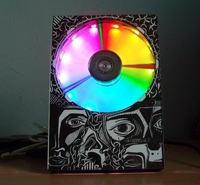
Hello all.
Unusual start the post from thank you. First of all, I would like to thank my friend Natalii , which using a gel pen she breathed life into this piece of electronics
And now about the project. The inspiration for this device was video . I decided to recreate such a clock in my own workshop, introducing several improvements and placing a special emphasis on the aesthetics of the whole.
In short, the principle of operation is simple - the rotating plate has a cut-out slot. Under the plate there are RGB LEDs, which act as an even backlight. Properly modulated diode light gives the effect shown in the photograph.
The controller was based on the ATMEGA128 microcontroller. I will immediately anticipate the malcontent forum questions, saying that the program does not take up to 10% of the flash memory. However, I needed quite a large number of peripherals to not exercise too much with the application (all written in C). As a real-time clock, I used the DS1307 chip. The engine is controlled by a dedicated TDA5140A controller working in a standard configuration with datasheet. The device is equipped with an RS232 interface, through which, after putting everything together, you can load new software using the bootloader MegaLoad . The control is performed using a small universal remote control operating in the RC5 standard. PCB itself made by photochemical method, irradiated by the "on envelope" method.
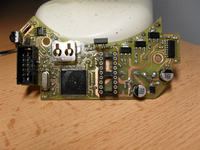

As a backlight I used relatively bright tri-color SMD diodes. I placed the diodes on small tiles that I combined into a chain. In addition, under the plate I placed a ring made of white paper that reflects light well.
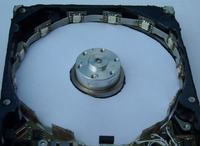
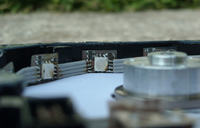
Synchronization provides the system with a reflection sensor. In contrast to the slotted sensor, it can be positioned opposite the edge of the plate, thanks to which it completely hides in the casing. The impulses from the sensor were not very clear, so before being fed to the uC they are shaped by a comparator with hysteresis.
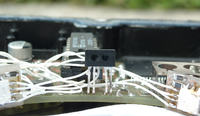
The housing was of course original from the disc. However, I had to make some additional masking elements. I made them from plastic, whose commercial name is reynobond. Everything was painted with black spray. Leading head made of two-millimeter plexiglass. An artwork made by Natalia, mentioned in the introduction, was placed under the plexus
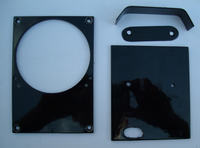
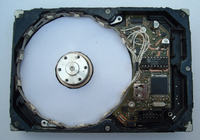
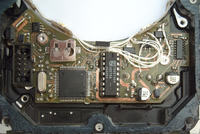

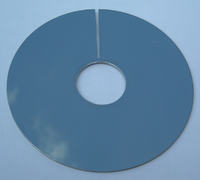
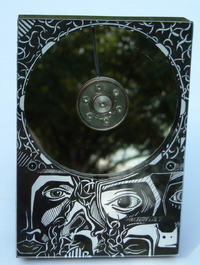
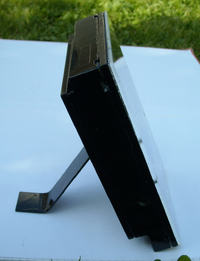

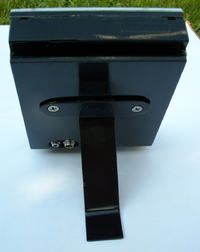
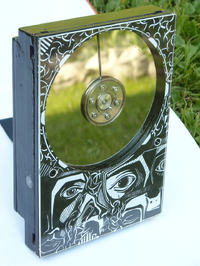
I am open to any questions and encourage you to discussions
You can find an article about your clock here: http://hackaday.com/2009/09/07/hard-drive-rgb-clock/
============= ==== Added 19/02/2019 ====================
Hi everyone!
After almost 10 years, I felt like wanting to restart my watch and make one change. As with the tools from that era it is already a bit hard and you had to do a lot of hard work, to restart the project I will add another file BOOTLOAD.hex being the right bootloader for this project (communication on UART1, baud 38400)
Below I also paste the code of a simple script that emulates the operation of the MegaLoad program, which can be used to upload the final application.
Code: Python
Skrypt testowany był na Pythonie 3.6.4 i wymaga zainstalowania dodatkowych pakietów np. poprzez wywołanie komendy:
>>> python -m pip install pyserial bincopy
Pozdrawiam wszystkich,
mb1988
Cool? Ranking DIY





